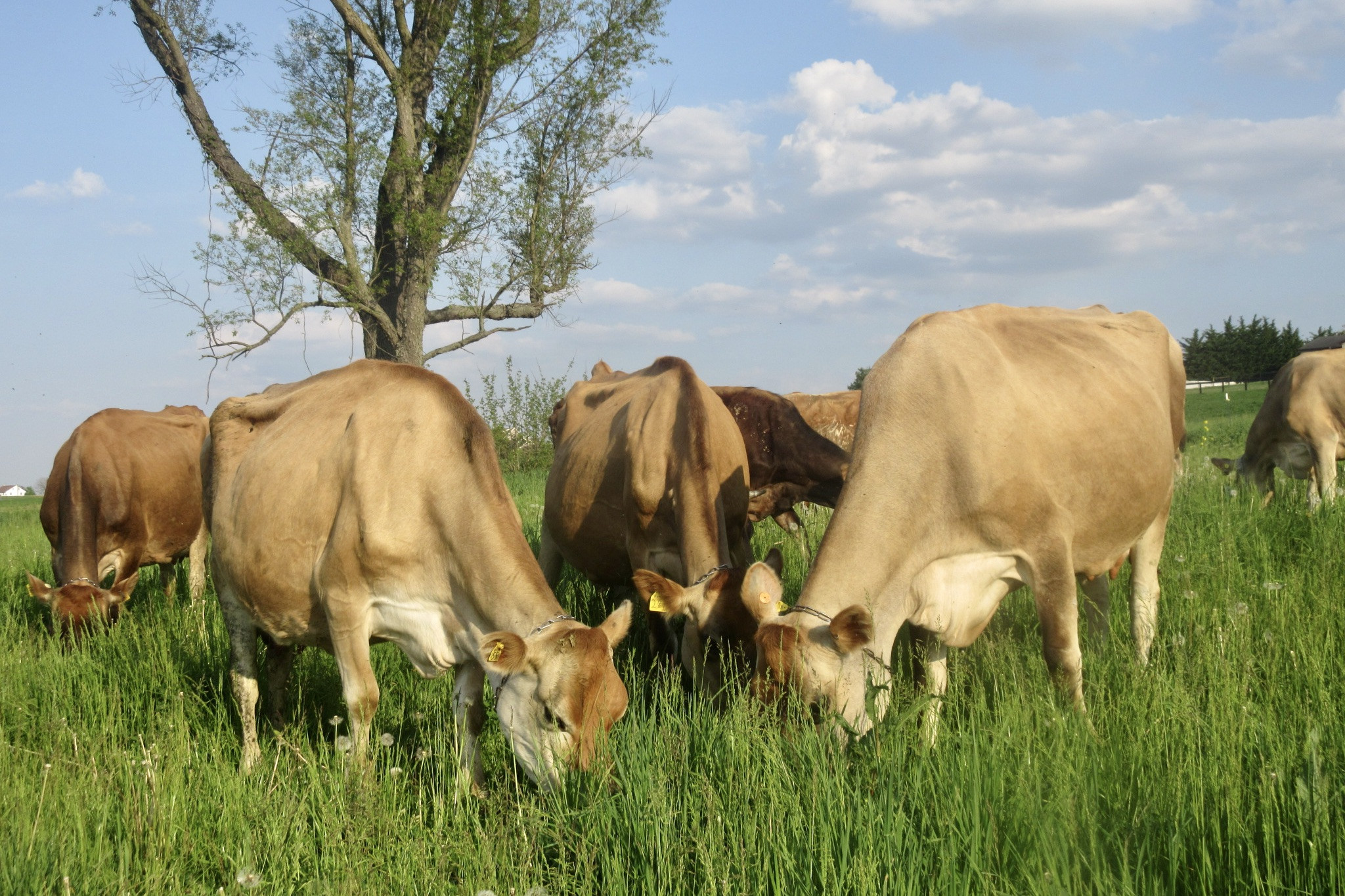Are your Egg Yolks "Painted"?
posted on
March 31, 2025
Do you believe that the eggs you are buying at the supermarket are healthier and from chickens who are allowed to eat naturally because the yolks are dark orange? You wouldn’t be alone.
Like so many other things, you need to know your Farmer to know the truth behind your food. Most chicken feeds have colorant added to the feed to darken the egg yolks. Some farmers use a color chart for choosing the color that they want the yolks to be, similar to when you are choosing the paint color for your house. They can say, “I will take number 12 for a rich orange and people will think the eggs are from pastured eggs and never know that the chickens live in a chicken house and never see grass.” Unfortunately it is even a common practice with pastured egg farmers to add marigold to the feed to darken the yolks. Marigold has no feeding value for the chickens and is added solely to darken the yolks.

Here at Farmstead Acres we do not add anything to the feed to change the color of the yolk. Our eggs truly reflect the diet of the chickens and also the time of the year. Less sunlight in the winter has a direct effect on the color off the yolk as well as the diet of the chicken. Even though the chickens are still on pasture in the winter, the lack of fresh green grass has an effect on the color of the egg. The color of our egg yolks reflecting our chicken's true diet and care is part of our mission in being transparent with the food that we farm for you.
PS: And remember, our chickens are fed a soy and corn-free, chemical-free grain mix.
Below - believe it or not, an old RV provides perfect housing for our pastured hens. Protection inside, cooling underneath, and green pasture to forage for everything they love. Chief, our guard dog stands watch.




